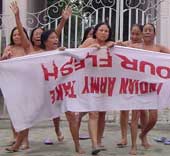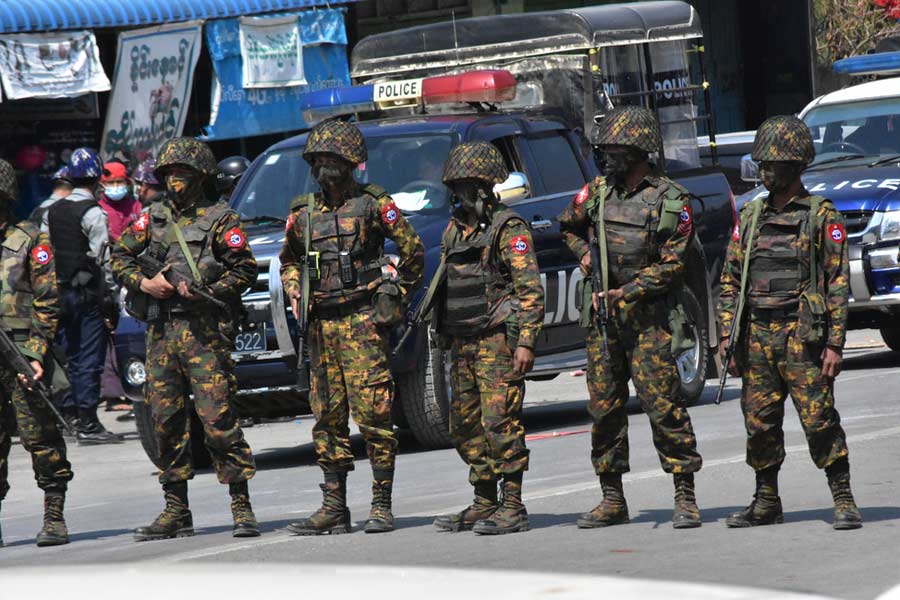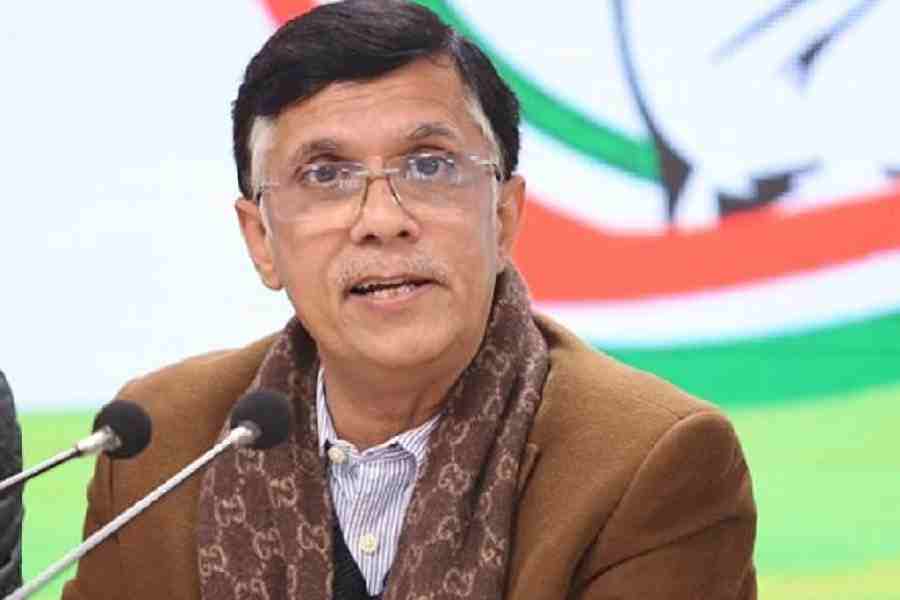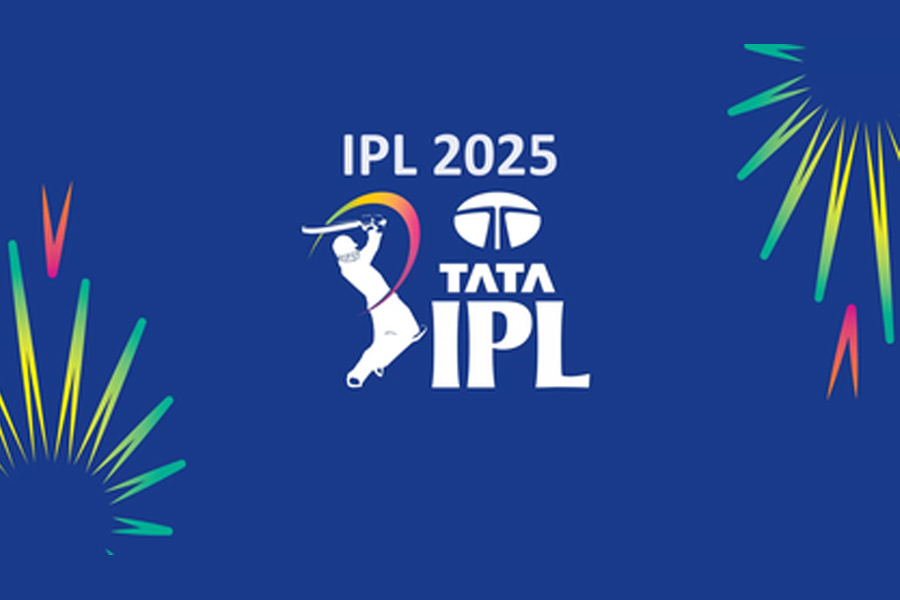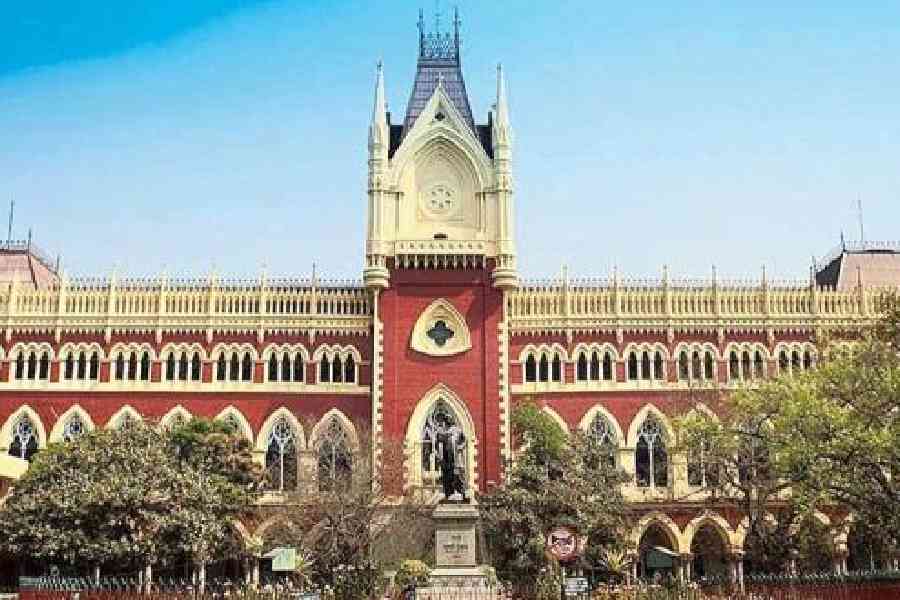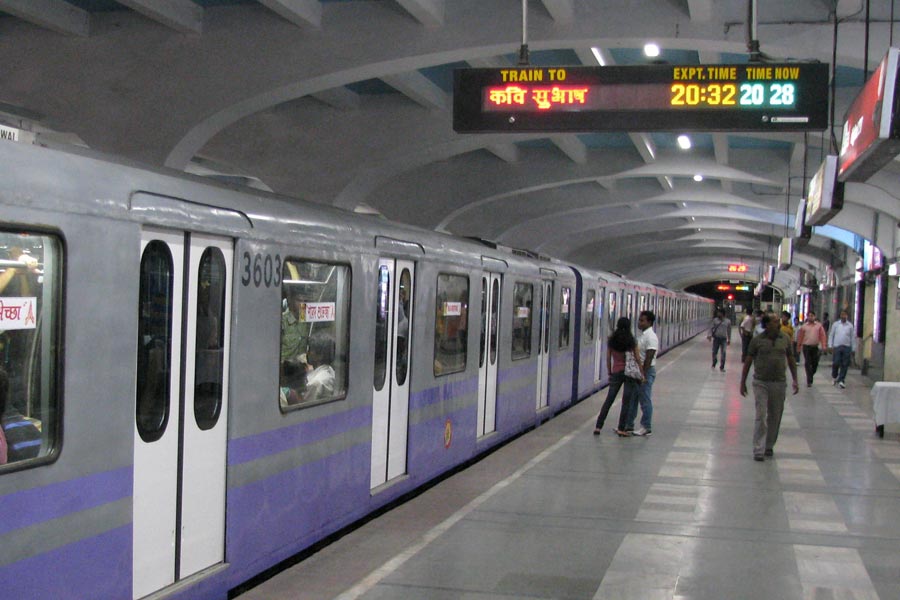|
|
| S.R. and Urmila Nathan |
As her Tamil husband prepares for a second term in office, the world?s only Bengali first lady ? Bangladeshi is another matter ? remains as retiring as ever, unwilling even to discuss her ethnicity. Race does not define the 47-year partnership between S.R. Nathan, 81, a tubby former civil servant who has been Singapore?s president since 1999, and Urmila, 76, n?e Nandey. They are simply Singaporean.
But I could not help thinking of her when Lee Kuan Yew, who created the Singapore we see today and which celebrated its 40th birthday on Wednesday, spoke of Bengalis as the brightest people in India. He mentioned Amartya Sen and Rabindranath Tagore, and then asked suddenly if Subhas Chandra Bose was also Bengali. ?I used to see him marching up and down,? Lee added, pointing beyond the Istana (palace in Malay, the president?s official residence where some other high dignitaries also have offices). Characteristically, the Nathans continue to live in their own modest house, using the Istana, ?the finest ?country house? east of British India?, built by Indian convict labour, only for official purposes. It?s a splendid neo-Palladian mixture of Ionic, Doric and Corinthian styles whose imposing central tower suddenly rears above the rolling parkland as you drive in from Orchard Road.
One senses that Singaporeans are reassessing Bose. Not necessarily because some older residents still prize their personal links and memories, but because of the feeling that despite other failings and the political na?vet? of relying on the Axis Powers, the Indian National Army and Bose?s provisional government were above the divisions of race and religion that plague India and the world today.
So are the president and his lady. In her slacks and top or, on formal occasions, long skirt and blouse, Mrs Nathan, trained at the Malaysian Teachers Training College near Liverpool, doesn?t even look particularly Bengali. But she is easy with the language and conscious of her roots in Burdwan from where her parents migrated to Johore Bahru in what is now Malaysia. Communal exclusiveness was stronger then, and she and Nathan had to wait 16 years to marry. At another level, however, globalization was already being forged in the crucible of colonial turmoil. Nathan told an interviewer that he was ?stumped? when a Japanese army officer asked him his nationality during the wartime occupation.
People like the Nathans and the Nandeys belonged to ? indeed, helped shape ? a cosmopolitan future that transmutes even spellings and pronunciations. Mrs Nathan?s sister is married to a Malayali; her only daughter?s husband is Chinese. Her son?s name Osith is no Viking derivative but a phonetic spelling of Asit. Shades of Malcolm Muggeridge, a second generation Ghosh calls himself ?Gosh? and Bhattacharya books a hotel table as ?Bhatta?. Across the Causeway is ?Dr Doota? from east Bengal whose daughter has married a Malaysian Chinese diplomat. Listening to a local Bengali visitor, my Australian houseguest once remarked that he had never expected to hear an Indian speak like a Chinese. Actually, the accent was Singaporean.
The primacy Malaysia accords to Malay Muslims ? bumiputras ? prevents integration, but Singapore is both salad bowl and melting pot. It is the former in the larger sense of the Chinese, Malay and Indian communities co-existing in harmony, each retaining distinctive totems of its identity. But intermarriage is dissolving tribal barriers among Indians. Bengalis led the process decades ago when they adopted abandoned Chinese girl babies who grew up, married Bengali men, and became conservative middle-class Bengali ginnis in everything save their moon-faced Mongolian cheerfulness.
The reverse also applies, though less extensively. I had to deal once with a smart young executive in navy coat and skirt whose lapel nameplate read ?Guha? but who had no awareness of anything Indian. ?I?m oriental inside,? she said, pointing at her head, and marvelled that I should recognize the name as Bengali Kayasth. A Chinese family had brought her up; her husband?s Indian father had died when he was young and he had known only his Chinese mother. The young couple spoke Hokkien at home.
I suspect assimilation is even heavier in what passes for Malay society where the absence of candour feeds rumour and speculation. Many are the stories told of the mysterious ? Keralite? Pakistani? Sylheti? ? antecedents of Malaysia?s former prime minister, Mahathir Mohamed. Ibrahim, a colleague was faintly disconcerted at having to admit to ?Surati? as his surname. When I asked a Malay politician if he spoke Tamil, he replied severely that language was immaterial since he was culturally Malay Muslim. Perhaps it is precisely because of this ambiguity that Malays are so quick to deny Malaysia?s Hindu past and the linguistic enrichment described in an engaging little book, The Common Heritage: A Survey of Hindi Words in Malay, by Shriniwas Rai, a Singapore lawyer and former parliamentarian. After all, it was Malay pride in what they call Bangsa Melayu (unaware that bangsa is borrowed from Sanskrit) that evicted Singapore from the federation.
At one time, the newspaper for which I worked, the Straits Times, used to highlight human interest stories with a drawing. One such about British skinheads attacking Bengali (Bangladeshi actually) youths in London?s East End inspired a sketch of bearded and turbanned Sikhs defending themselves. A reader?s protest led to an internal inquiry with the Tamil sub-editor responsible pleading, ?I didn?t know that Bengalis were not Sikhs?.
Some attribute this common confusion to the fact that Sikhs sailed for Singapore from Calcutta. Others say that everyone, save the Chinese, Malays and Tamils, was regarded as Bengali when Singapore was administered from Calcutta. It?s like the local ?kling? for Indian. It could be a derogatory reference to the clinking ball and chain of early convicts. Others claim it as a complimentary invocation of the lost glory of Kalinga with its memories of Bali yatra.
Loyalty to a national label that is stronger than communal allegiance is a fine thing that is also India?s hope. The drawback in Singapore is that since the Chinese are dominant, some Indians invite derision by either distancing themselves from their motherland or seeking too assiduously to identify with the majority. When I asked an attractive third generation Singaporean Tamil why she was migrating to Australia, her blunt answer was that all the best Indian boys were angling for Chinese brides. Ironically, within months of landing in Sydney, she married ? as I had predicted she would ? a white Australian. Nevertheless, I am glad the Chinese run the show. They can take a less subjective view of India, its achievements and its potential than the offspring of people who migrated because they felt discriminated against and might still nurse a rankling sense of injustice.
Nathan heads the list of conspicuous exceptions. There are too many others for individual mention. But J.Y. Pillay tried hard to launch a SIA-Tata airline, K. Kesavapany, an urbane diplomat, heads the Institute of Southeast Asian Studies, Gopinath Pillai is in charge of the new Institute of South Asian Studies, and Rai authored the lexicon. The prominent Jumabhoy clan, Sat Pal Khattar and Kartar Singh Thakral, both successful businessmen, and Patrick Daniel, managing editor of the Straits Times group, are among the many who experience no conflict between their Singaporean and south Asian personalities. One reinforces the other. The gain is of Singapore, India and the world.
That?s why I hope Nathan, with his reticent Bengali spouse, will have an easy ride in the August 27 presidential election. The president?s functions are mainly ceremonial. But a head of state who has to be ?a person of integrity, good character and reputation? with ?experience and ability? honed in a government body or a company worth at least the Singapore dollar equivalent of Rs 2,600 million must exercise a beneficial influence over politicians. Both Manmohan Singh and his Singaporean counterpart, Lee Hsien Loong, must find Nathan?s interest in and understanding of India an asset as they take the partnership to a new height.

